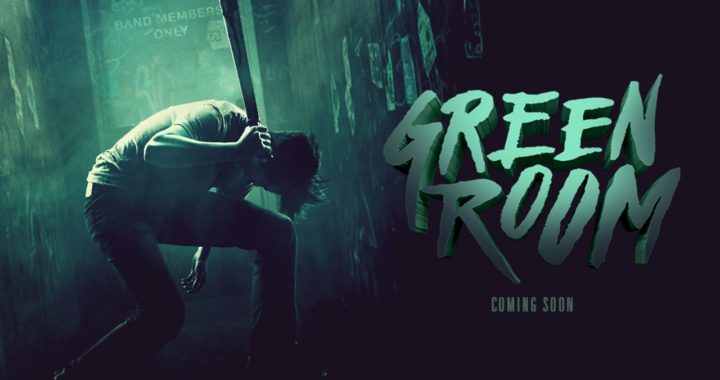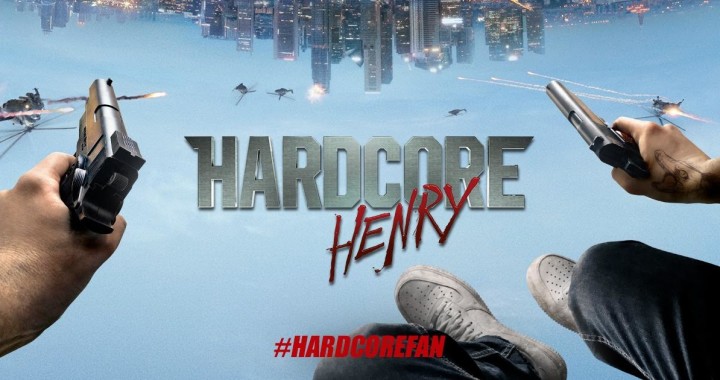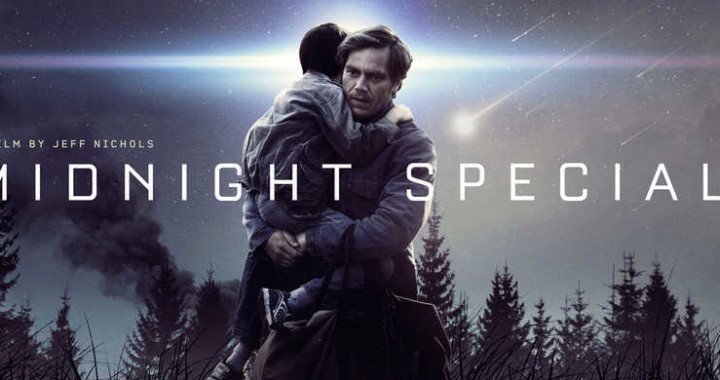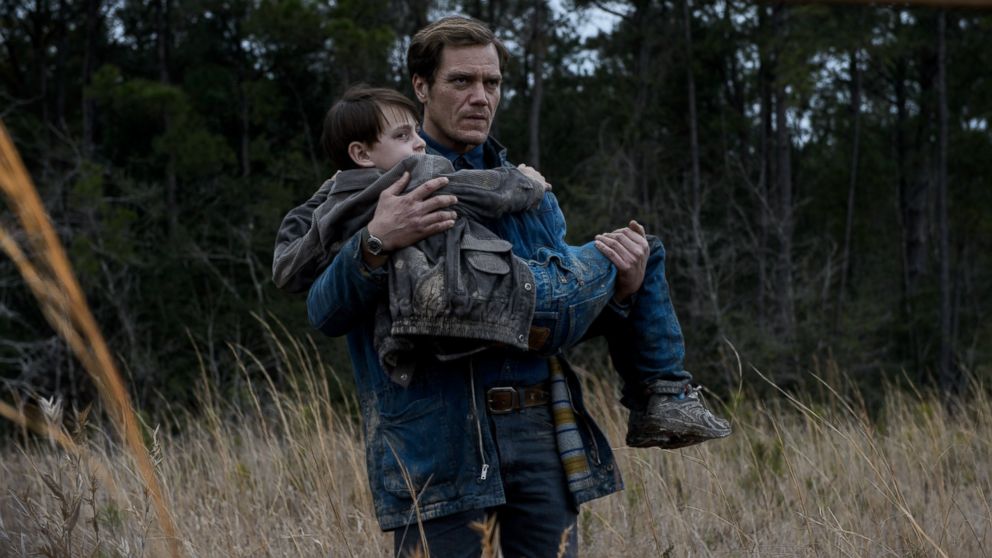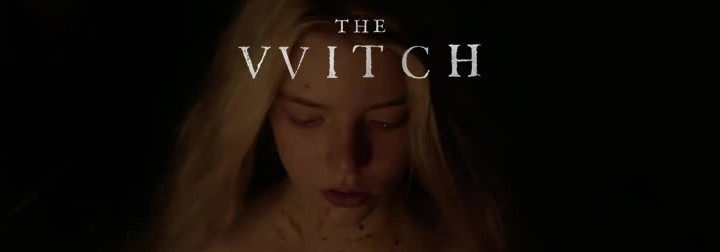A lot of bands spend time living out of a van and traveling from gig to gig. For hardcore bands, the venues can range from heavy to dangerous. Green Room, the third film from writer-director Jeremy Saulnier, follows a little known heavy metal band as they tour. Struggling to make ends meet after a canceled concert, a journalist friend gets them the chance to headline at a place his cousin knows. What he doesn’t tell the band is that this show is in the middle of nowhere at a bar filled with white supremacists. A normal person would immediately turn around and get the hell out of there, but this is an metal band. So what they do? They get on stage and open with a new song whose only lines are “Nazi Punks! Nazi Punks! FUCK OFF!!!”.
The bulk of the movie is about the aftermath of their concert. Surprisingly, it’s not the lyrics that get them in trouble but rather an event they mistakenly witness in the titular green room. Now a liability to the owner of the venue, the band is stuck in the middle of the woods locked in the green room unable to get help. What happens next? That is where Green Room separates itself from Saulnier’s previous film, Blue Ruin.

Green Room has noticeably lesser ambitions than its predecessor. Blue Ruin was a taut deconstruction of its genre. The hero wasn’t a John Wayne-like badass. He was a regular person, unskilled in violence. It was the rare revenge movie where violence had consequences for everyone involved. While Green Room retains the high level of suspense, it chooses to stay within the confines of its genre – a slasher movie with a metal band and white supremacists instead of teenagers and a serial killer. The limited nature of the film does however lessen the overall impact when compared to Blue Ruin.
Saulnier again shows off his skills as a director. His visuals (he was also the cinematographer on Blue Ruin) continue to excel, using the serene forests to contrast with the dingy, propaganda-laden interiors. The film is well paced with tension built and released on point. The moments of violence, of which there are many, are visceral and significantly more explicit than most R-rated features. From hacked but not severed limbs to bullet-ridden heads, the gruesome details are happily displayed. Macon Blair (Blue Ruin) plays the role of the club manager and is again immediately sympathetic as the slightly incompetent everyman put in a difficult situation. Patrick Stewart (Star Trek: The Next Generation) is the pragmatic owner who has to clean up the mess. Stewart’s performance is adequate, but he is perhaps miscast as he isn’t able to exhibit the degree of villainy needed for the role to be believable. Green Room has modest goals, but its creators have more than enough skill to achieve them. It won’t be acclaimed for its scope, but as a slasher film, it thrills and shocks with ruthless precision.

4/5 stars.
